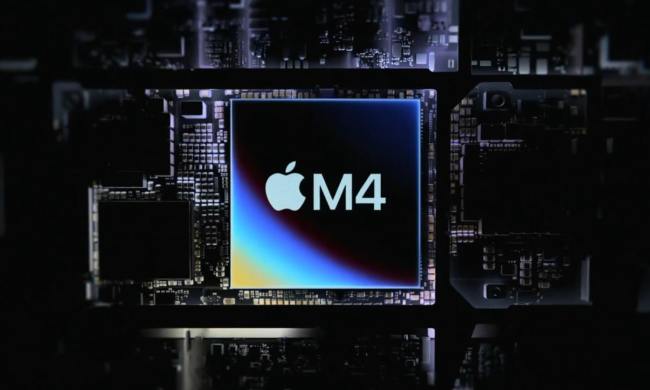
The online exhibit was launched by the Google Cultural Institute, which hosts virtual museums from all over the world, and through it you can check out more than 1,000 of the building’s artifacts. These include early architectural designs by Jørn Utzon, rare photos of the building in its early stages, and information about the Opera House’s massive mechanical organ, which is the largest in the world.
“The sculptural elegance of the Opera House has made it one of the most recognizable buildings of the 20th century,” said Kate Lauterbatch, program manager at the Google Cultural Institute, in a blog post. “In addition to exhibits which tell the stories of the history and development of this architectural masterpiece, today’s launch includes a brand new 360-degree experience offering insights into the between-the-acts magic of the House.”
Of course, the new exhibit isn’t the first breathtaking exhibit on offer through the Google Cultural Institute — it’s not even the first in Australia. The Art Gallery of New South Wales and the Australian War Memorial have both also been put on display by the institute.



